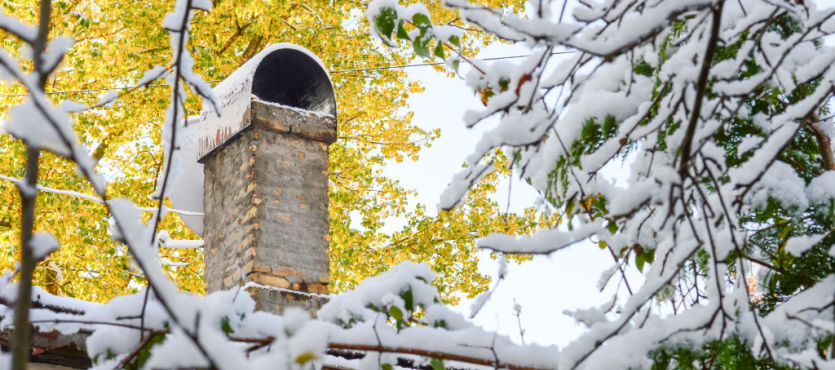Every season poses a certain number of unique challenges for masonry construction and winter is not any different. Contractors have to take certain precautions to ensure that there are no delays which is why they employ dynamic procedures to help them keep up with these challenges.
When temperatures drop below 44 degree Fahrenheit, masonry contractors must prepare the site optimally to eliminate issues like cracking. This guide highlights the challenges posed by the cold weather on masonry construction as well as tips to reduce them.
Effects of Winter on Masonry Mortar
- When temperatures drop and the water freezes, there is a change in its volume. This typically results in the expansion of the Mortar.
- Certain chemical properties of mortar change with temperature such as hydration and strength gain.
- The setting time or mortar drastically changes with lower temperature.
- Ice prevents the mortar from sticking to brick surfaces properly while also developing cracks in the structure.
- The rate at which mortar gains its strength is reduced substantially.
Storing and Handling Materials
- All materials that are used for construction must be protected from water and moisture build-up. You can either store them in wood storages or cover them using tarps.
- You must always use mortar ingredients that can be acquired in a dry state.
- The temperature of the surface must be more than 20 degree Fahrenheit. All masonry units must be stored in dry and unfrozen areas.
- To catalyze the hydration process, you must heat all the masonry ingredients before using.
- Always remember to place the mortar on metal surfaces to avoid freezing.
- If the temperature is below 44 degree Fahrenheit, avoid using glass masonry ingredients.
Mixing Mortar
- Ensure that you are mixing mortar materials in smaller amounts so they don’t absorb excess water and freeze.
- Heat the mortar and maintain its temperature to avoid excessive drying.
- If you are using hot water, first add cold sand to the mix before adding any cement. This is typically done to avoid flash setting of the cement.
- To boost the rate of hydration, use an accelerator or admixture to prevent early freezing. This will help the mortar gain strength in the early stages as intended.
- If you are unable to use admixtures, try to use fineness cements.
- Always remember to place the masonry on an unfrozen surface. Avoid placing it on an ice-covered surface. Snow slows down the bonding process and also reduces strength gain during this stage.
Protecting New Masonry
- Once the construction is over, cover the masonry with wooden slabs or a plastic cover. This will isolate the masonry from water and moisture.
- To maintain the temperature around your masonry, use insulation blankets.
- If the temperature of the area is between 20°F and 0°F, you will need to ensure that the walls are somewhere close to 40°F. This can be achieved using insulation blankets.
- If the wind in the area is picking up, install wind blankets to protect your masonry.
The main objective of taking precautions during cold weather is to reduce or get rid of the unwanted effects of cold temperatures on materials, construction sites, and even the workforce. The masonry contractor must assess all these variables before taking any decisions to carry out the construction process in a cost-effective and efficient manner.
At Turnbull Masonry, we have many years of experience in carrying out masonry projects in low temperature settings. Our goal has always been to provide the best-in-class service to all our customers. If you are looking for advice or need professional assistance with your masonry projects, do not hesitate to get in touch with our amazing team today!

